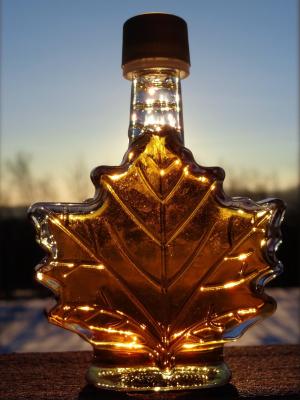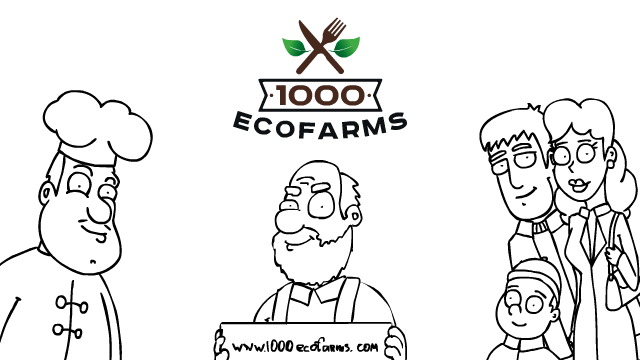Previously, maple syrup grading differed substantially by location, and also included a Grade B. Grade B was used for syrup that was significantly darker in color with a stronger taste. There was a misconception that Grade B was somehow less processed than Grade A, due to its deeper color. Such misconceptions could be why the newer grading standards—introduced in 2015—discontinued the Grade B designation and now includes the darker syrups within the Grade A classifications.
The new regulations, which have been adopted in both Canada and the United States, contain 4 classes of “Grade A”, a “Processing Grade”, and a “Substandard classification”. To meet the Grade A standard, essentially maple syrup must have good color, flavor, and odor, and be free of cloudiness, sediments, and turbidity. Within Grade A, are the following classifications:
If syrup does not meet Grade A standards, it would be classified as one of the following:
The new regulations, which have been adopted in both Canada and the United States, contain 4 classes of “Grade A”, a “Processing Grade”, and a “Substandard classification”. To meet the Grade A standard, essentially maple syrup must have good color, flavor, and odor, and be free of cloudiness, sediments, and turbidity. Within Grade A, are the following classifications:
- Grade A Golden – delicate taste
- Grade A Amber – rich taste
- Grade A Dark – robust taste
- Grade A Very Dark – strong taste
If syrup does not meet Grade A standards, it would be classified as one of the following:
- Processing Grade
- Substandard classification
As stated before, there is a misconception that darker syrup indicates higher quality, however, that’s not the case. The color of maple syrup is dependent on what time of the season the maple sap was tapped, with the earliest taps (usually February) being on the Golden end and the last taps (usually late April) being on the Very Dark end. Either way, when the sap is collected it is heat-treated exactly the same way in order to evaporate the sap and concentrate it into syrup. Rather than choosing based on quality, at the Grade A level, which color you should buy is merely a matter of taste preferences.
If syrup does not meet the quality requirements of Grade A, but still has a fairly good maple taste, may be slightly off color, and is fairly free of damage and cloudiness, it is classified as Processing Grade, and is typically used as a commercial ingredient. Syrup that fails to meet the Processing Grade requirements is classified as Substandard.
Now that you know all you need to know about the maple syrup grading system, feel free to go out and sample each of the Grade A color/flavor classes to find out which one you like best!
What maple syrup do you like to buy? What do you think of the changes it the grading system? Let us know!
If syrup does not meet the quality requirements of Grade A, but still has a fairly good maple taste, may be slightly off color, and is fairly free of damage and cloudiness, it is classified as Processing Grade, and is typically used as a commercial ingredient. Syrup that fails to meet the Processing Grade requirements is classified as Substandard.
Now that you know all you need to know about the maple syrup grading system, feel free to go out and sample each of the Grade A color/flavor classes to find out which one you like best!
What maple syrup do you like to buy? What do you think of the changes it the grading system? Let us know!







